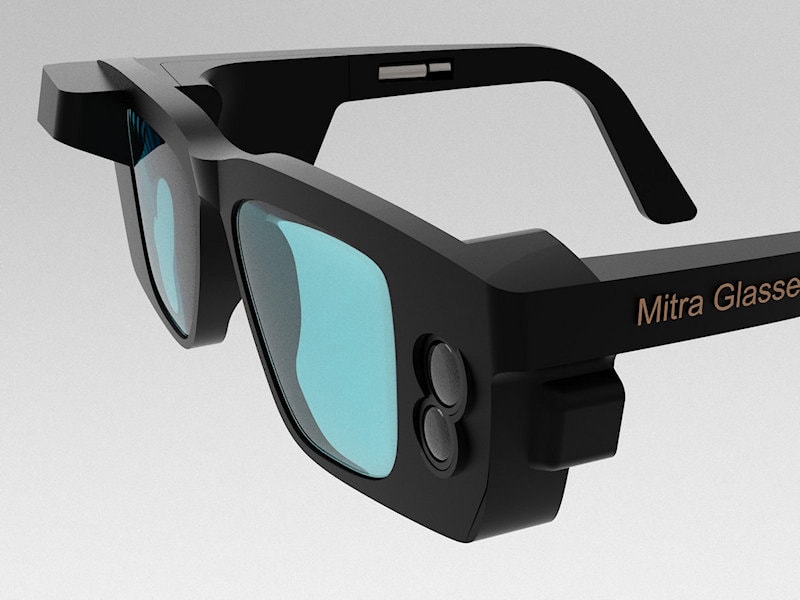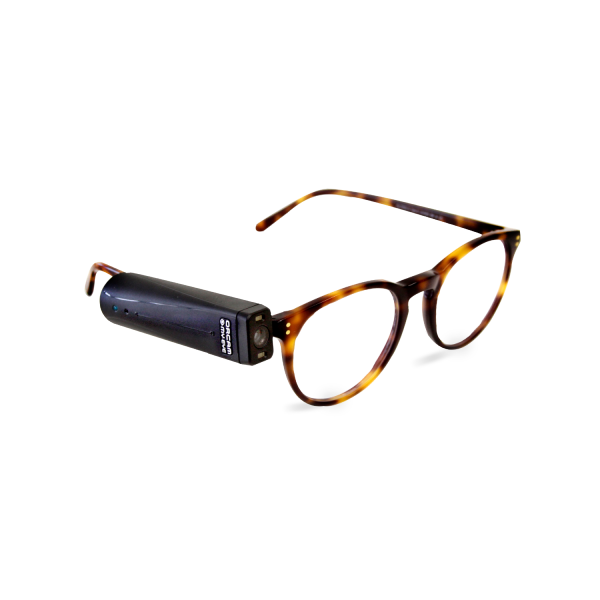Speech-to-Text Devices for Low Vision Users: Enhancing Communication and Productivity
Discover Advanced Assistive Gadgets for Individuals With Visual Impairments
The landscape of assistive innovation for people with aesthetic disabilities is developing swiftly, offering a variety of ingenious gadgets that improve autonomy and involvement (Braille displays and notetakers). From wise glasses that effortlessly combine aesthetic input with auditory support to sophisticated navigation applications that redefine spatial awareness, these tools are improving opportunities. Moreover, the newest improvements in Braille innovation and voice-activated systems substantially add to access. The ramifications of these developments extend far beyond plain capability; they challenge conventional understandings of handicap and self-reliance. What might this imply for the future of addition and support?
Smart Glasses Innovations
Smart glasses represent a substantial improvement in assistive innovation for individuals with visual disabilities. Geared up with sensing units and video cameras, clever glasses can capture real-time aesthetic info, which is after that refined and shared to the customer via sound feedback or haptic sensations.
Moreover, developments in artificial intelligence have additionally boosted the abilities of wise glasses. Artificial intelligence algorithms can recognize faces, checked out message, and determine things, making them indispensable tools for everyday jobs. Users can obtain auditory cues that provide context regarding their environment, cultivating self-reliance and self-confidence.
Furthermore, the ergonomic layout and lightweight nature of lots of smart glasses make them suitable for prolonged use, ensuring convenience while enhancing performance. As these devices proceed to evolve, they hold the possible to revolutionize the means individuals with visual impairments experience their lives, bridging the void between accessibility and innovation. The ongoing r & d in this field assurance to expand the opportunities for wise glasses, making them an important component of contemporary assistive tools.
Navigating Application and Tools
Many navigation applications and devices have actually become necessary sources for individuals with visual disabilities, dramatically enhancing their capability to go across strange settings. These technologies leverage GPS performance, audio hints, and real-time information to provide individuals with precise navigation aid.
One famous instance is the Aira app, which connects individuals to skilled agents who can give visual summaries of environments and navigating assistance with a real-time video clip feed. This solution improves the customer's spatial recognition and self-confidence while browsing. Another noteworthy tool is Seeing Eye GPS, which supplies voice-guided navigating and points of rate of interest, making it possible for customers to accessibility essential details regarding their surroundings.

As modern technology continues to advancement, the development of extra innovative navigating tools assures to more encourage people with aesthetic disabilities, assisting in smooth mobility and integration into varied environments. Such developments contribute in promoting a much more inclusive culture.
Braille Technology Developments
In recent times, advancements in Braille technology have actually dramatically changed just how individuals with visual impairments gain access to details and involve with the globe around them. The growth of portable Braille display screens has revolutionized analysis by permitting customers their website to link wirelessly to mobile phones, tablets, and computers. These tools convert message right into Braille in real-time, allowing smooth interaction with electronic content.
Additionally, cutting-edge Braille printers have emerged, improving the production of tactile products. Modern embossers are faster and extra effective, permitting for the fast creation of Braille papers and educational materials. This performance decreases the moment and cost related to producing Braille sources, making them more obtainable to organizations and schools.
Additionally, the integration of Braille with various other technologies, such as fabricated intelligence and maker learning, has opened up brand-new avenues for individualized learning experiences. Voice recognition and synthesis innovations can enhance Braille, providing an inclusive technique to details circulation.
As the demand for inclusive education and office environments grows, these technological advancements play a vital duty in encouraging individuals with visual problems, guaranteeing they have equal access to info and chances in different elements of life.
Wearable Instruments for Freedom
An expanding selection of wearable tools is boosting independence for people with aesthetic problems, supplying cutting-edge remedies that improve navigating and day-to-day living. Braille displays and notetakers. find out here These tools make use of innovative technologies to supply real-time responses and support, advertising autonomy in different environments

Wearable technology likewise includes smartwatches that can be configured with accessibility attributes, making it possible for customers to get alerts, track their locations, and even require aid with the touch of a switch. Some devices incorporate fabricated intelligence to assess the setting, offering sound summaries of nearby objects or individuals.
Voice-Activated Assistive Solutions
Leveraging voice-activated assistive services has actually transformed the landscape of assistance for people with visual impairments, offering hands-free interaction and accessibility to a variety of tasks. These innovations utilize all-natural language processing and artificial intelligence to allow users to execute day-to-day activities through straightforward voice commands.

Moreover, current advancements in voice acknowledgment accuracy have improved the customer experience dramatically, accommodating varied accents and speech patterns. This inclusivity ensures that even more people can take advantage of these innovations, cultivating a higher sense of freedom.
Conclusion
In verdict, the growth of innovative Extra resources assistive gadgets considerably improves the self-reliance and top quality of life for individuals with visual problems. Developments such as wise glasses, navigating applications, Braille technology, wearable gadgets, and voice-activated services collectively cultivate an even more comprehensive environment. These technologies encourage individuals to navigate their surroundings with self-confidence and involve even more fully with the globe, ultimately promoting higher availability and equal chances for individuals facing visual obstacles.
The landscape of assistive technology for people with aesthetic problems is advancing quickly, providing a variety of innovative devices that boost autonomy and engagement.Smart glasses represent a substantial development in assistive innovation for people with visual disabilities. As these gadgets proceed to advance, they hold the prospective to transform the way individuals with aesthetic problems experience their everyday lives, connecting the gap between access and modern technology.In recent years, advancements in Braille innovation have actually dramatically changed how individuals with aesthetic problems accessibility details and engage with the globe around them. These technologies equip individuals to browse their surroundings with self-confidence and involve even more totally with the globe, ultimately advertising better availability and equal opportunities for individuals dealing with aesthetic difficulties.